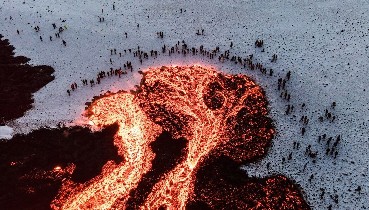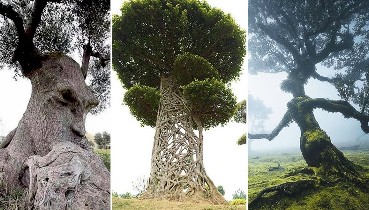
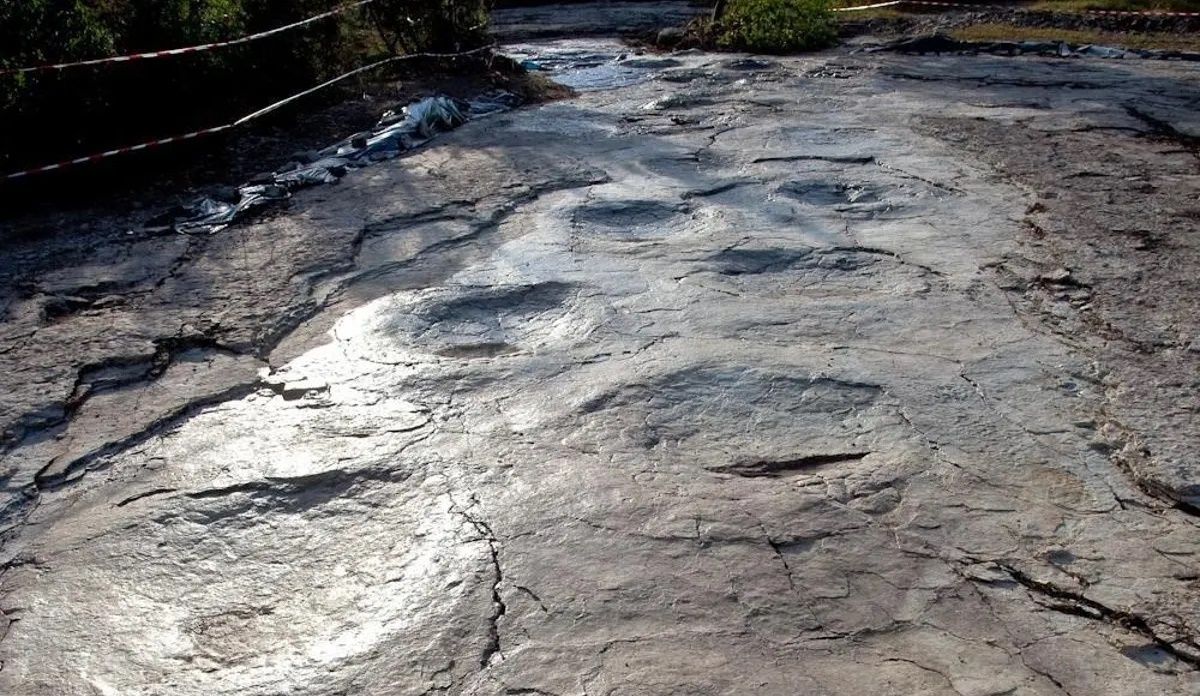
These 150-Million-Year Old Dinosaur Footprints in France Form the World’s Longest Sauropod Trackway
Step back in time 150 million years and journey to a place where the earth holds an astonishing secret: the world’s longest sauropod trackway, an ancient testament to the giants that once roamed our planet.

If you are a fan of dinosaurs, you might consider a visit to the French village of Plagne, where you can see the world’s longest track of sauropod dinosaur prints.
These giant herbivores left their footprints on a limestone platform 150 million years ago, during the Jurassic Period. Here are some amazing facts about this discovery and what it tells us about these ancient creatures.
The trackway was first spotted in 2009 by two members of the Oyonnax Naturalists’ Society, who noticed some strange marks on the ground. They contacted scientists from the CNRS (the French National Center for Scientific Research), who confirmed that they were dinosaur footprints.
Between 2010 and 2012, a series of excavations at the site uncovered more tracks, forming a continuous trackway of 110 steps that extends over 155 meters (about 508 feet). This is the longest sauropod trackway ever found, surpassing the previous record of 147 meters (about 482 feet) in Texas, USA.

The tracks were left by a sauropod, a group of dinosaurs that included the famous Brontosaurus and Diplodocus.
Sauropods were the largest land animals that ever lived, reaching lengths of over 30 meters (about 98 feet) and weights of over 30 tons. They had long necks and tails, four pillar-like legs, and small heads with peg-like teeth for stripping plants.
The scientists assigned the tracks to a new ichnospecies, which is a species based on fossil traces rather than body parts. They named it Brontopodus plagnensis, meaning “thunder foot of Plagne”.
It was estimated that the animal that made the tracks was at least 35 meters (about 115 feet) long and weighed between 35 and 40 tons. It had an average stride of 2.80 meters (about 9 feet) and traveled at a speed of 4 km/h (about 2.5 mph).
The tracks reveal some details about the anatomy and behavior of the sauropod. The footprints are oval-shaped and measure between 94 and 103 cm (about 37 and 41 inches) in length. They show five toe marks, indicating that the animal had five toes on each foot.
The handprints are circular and show five finger marks arranged in an arc. The animal had five fingers on each hand, but only one or two bore claws. The tracks also show that the animal walked with its feet close to its body, which helped to support its massive weight.
The tracks also provide clues about the environment and climate of the Jurassic Period. The limestone platform where the tracks were found was part of a large carbonate basin that was covered by a shallow sea.
The presence of sauropods indicates that there were islands nearby that offered enough vegetation for them to feed on. The sea level fluctuated over time, creating land bridges that allowed the sauropods to migrate from one island to another. The climate was warm and humid, with seasonal variations.
The Plagne trackway is a remarkable example of how fossil traces can reveal information about extinct animals and their habitats. It is also a testament to the diversity and majesty of sauropods, which dominated the land for over 100 million years.
If you want to see these impressive footprints for yourself, you can visit the site during guided tours organized by the Dinoplagne.
Recommended Videos
 Top 5 Most Beautiful Russian Women 3287 views
Top 5 Most Beautiful Russian Women 3287 views 10 Longest Hair in the World: Real-Life Rapunzels in 20241022 views
10 Longest Hair in the World: Real-Life Rapunzels in 20241022 views-
Advertisements
 14 causes of wheezing—and how to treat it528 views
14 causes of wheezing—and how to treat it528 views Photographer Roy Iwasaki Captured Dreamy-Looking Photos Of Trees In Hokkaido, Japan340 views
Photographer Roy Iwasaki Captured Dreamy-Looking Photos Of Trees In Hokkaido, Japan340 views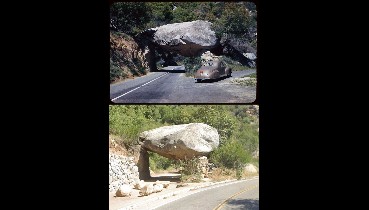 20 Then And Now Pics Of Random Places That Have Changed So Much In A Few Years173 views
20 Then And Now Pics Of Random Places That Have Changed So Much In A Few Years173 views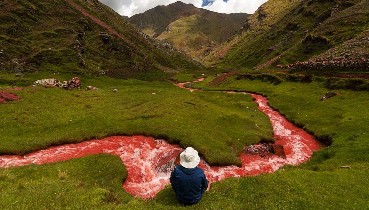 Red River In Cusco, Peru165 views
Red River In Cusco, Peru165 views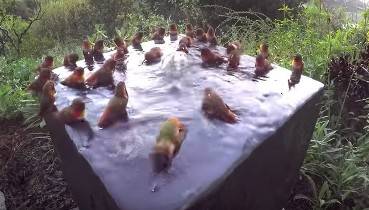 Flock Of Hummingbirds Gather In Bird Bath For A Mini Pool Party83 views
Flock Of Hummingbirds Gather In Bird Bath For A Mini Pool Party83 views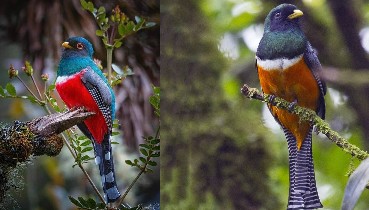 The collared trogon (Trogon collaris) is a near passerine bird in family Trogonidae, the quetzals and trogons.2199 views
The collared trogon (Trogon collaris) is a near passerine bird in family Trogonidae, the quetzals and trogons.2199 views
